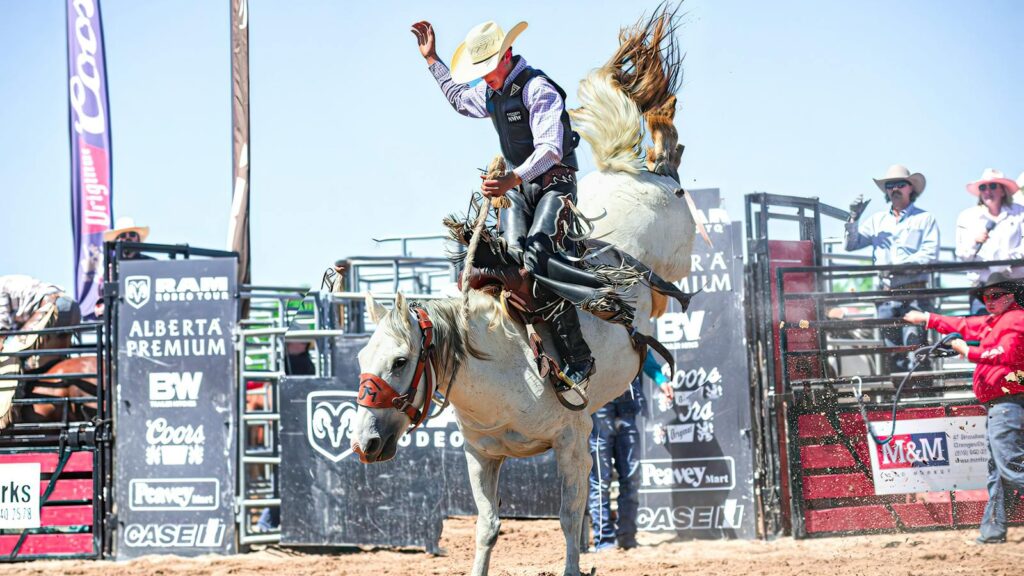The powerful partnership between humans and horses has shaped the course of civilization for millennia, but perhaps nowhere is this relationship more elegantly displayed than in the world of equestrian sports. From the thundering hooves on racetrack dirt to the precise movements of dressage arenas, specific horse breeds have been meticulously developed to excel in various sporting disciplines. These magnificent animals have not merely participated in human athletic endeavors—they have fundamentally defined and elevated them through their natural abilities, temperaments, and physical attributes. The evolution of modern equestrian sports represents a fascinating journey of selective breeding, cultural influences, and the ongoing pursuit of athletic excellence. This exploration of the most influential horse breeds reveals how these remarkable animals have transformed activities that began as practical skills or military necessities into the sophisticated competitive sports we celebrate today.
The Thoroughbred: Revolutionizing Horse Racing
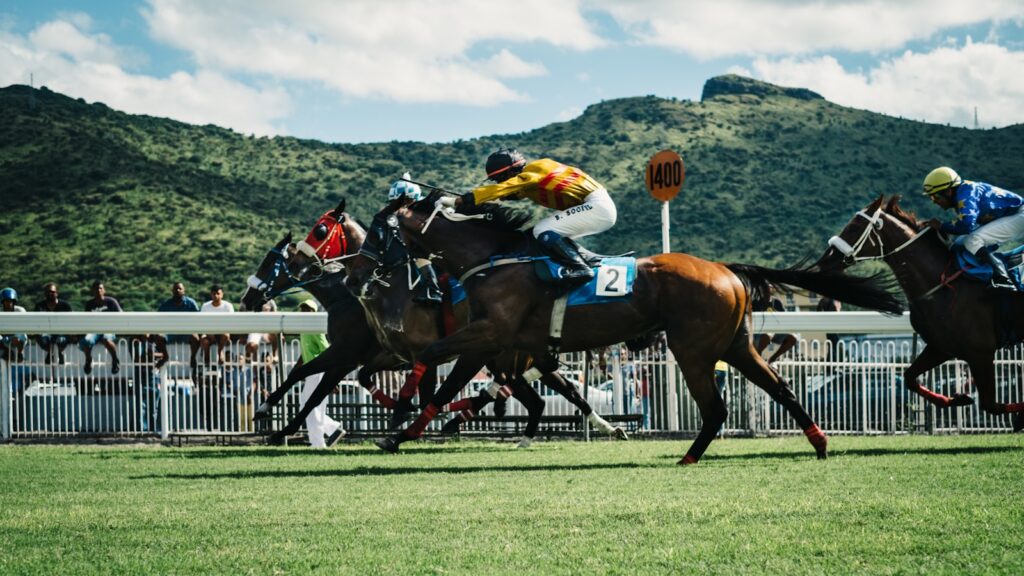
No discussion of influential sport horses can begin anywhere but with the Thoroughbred, a breed that has fundamentally shaped the entire concept of modern horse racing. Developed in 17th and 18th century England through the careful breeding of native mares with imported Arabian, Barb, and Turkoman stallions, the Thoroughbred was specifically created for speed and endurance over flat courses. Every modern Thoroughbred can trace its lineage back to three foundation sires: the Byerley Turk, the Darley Arabian, and the Godolphin Arabian, establishing what would become the most influential bloodlines in racing history. The breed’s creation established organized racing as we know it today, introducing concepts like studbooks, pedigree tracking, and scientific breeding practices that would later influence all sport horse development. Beyond flat racing, Thoroughbreds have significantly influenced numerous other breeds and disciplines, contributing their speed, athleticism, and competitive spirit to jumpers, eventers, polo ponies, and many modern warmblood sport horses.
The Arabian: Foundation of Endurance Sports
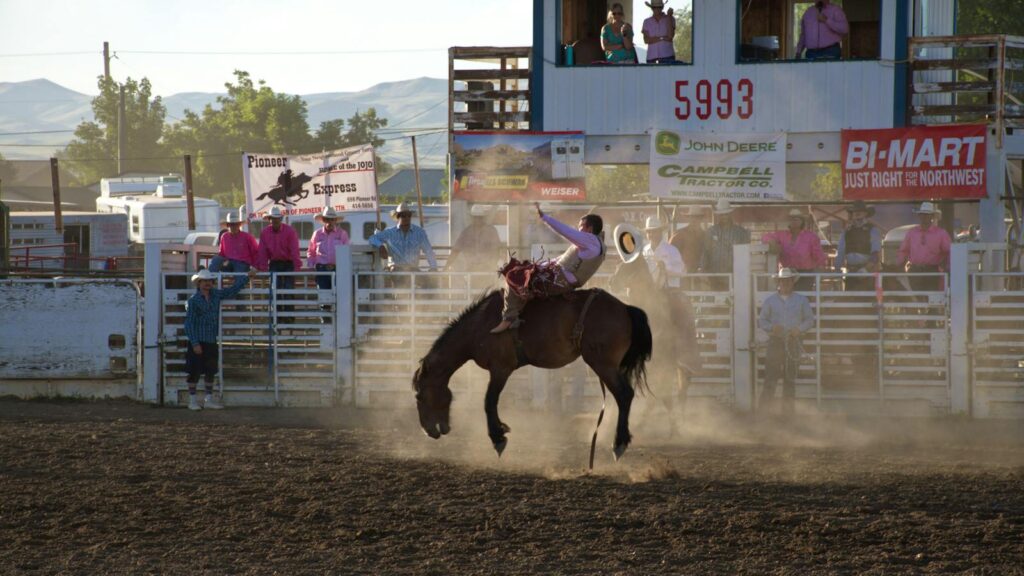
The Arabian horse stands as one of the oldest and most influential breeds in equestrian history, particularly in the realm of endurance competitions. Developed in the harsh desert environment of the Arabian Peninsula, these horses evolved naturally to possess exceptional stamina, efficient movement, and remarkable hardiness—characteristics that make them the undisputed champions of modern endurance racing. Their distinctive physical traits, including a high percentage of slow-twitch muscle fibers, efficient metabolism, and superior cardiovascular capacity, allow Arabians to maintain speed over distances that would exhaust other breeds. The Tevis Cup, one of the world’s most prestigious endurance events covering 100 miles of challenging Sierra Nevada terrain, has been dominated by Arabian and Arabian-cross horses since its inception. Beyond pure endurance events, the Arabian’s genetic influence extends throughout the equestrian world, having contributed to the development of nearly every light horse breed including the Thoroughbred, thus indirectly influencing virtually all modern equestrian sports.
The Quarter Horse: Defining Western Sports
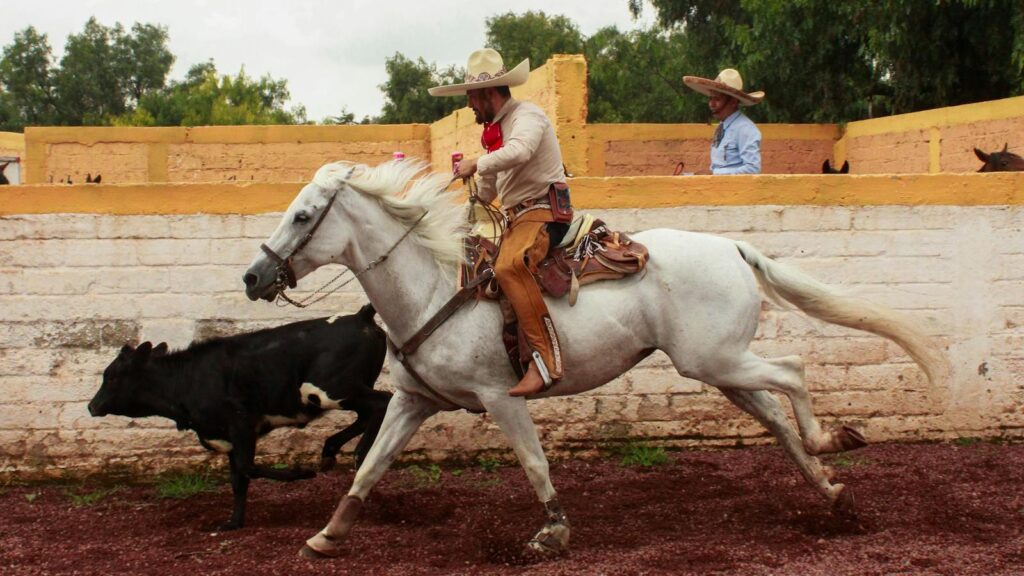
The American Quarter Horse emerged as America’s first native breed, developed to meet the practical needs of settlers and cowboys in the American West, and has since become the defining breed for western equestrian sports. Named for their unmatched speed over the quarter-mile distance, these horses combine explosive acceleration with a naturally cow-savvy instinct that makes them ideal partners for working cattle. The breed’s powerful hindquarters, low center of gravity, and innate “cow sense” revolutionized competitive events like reining, cutting, team roping, and barrel racing—sports that showcase skills originally needed for practical ranch work. The American Quarter Horse Association, established in 1940, now registers more horses than any other breed organization in the world, demonstrating the breed’s overwhelming popularity and influence in western riding disciplines. The Quarter Horse’s impact extends beyond competitive arenas into American culture itself, becoming an enduring symbol of the American West and helping to transform working cattle techniques into some of the most popular equestrian sports in North America.
Warmbloods: Transforming Olympic Disciplines

European warmblood breeds have revolutionized the Olympic equestrian disciplines of dressage, show jumping, and eventing through systematic performance-based breeding programs. Unlike breeds developed through bloodlines alone, warmbloods represent a modern approach where horses are selected primarily for athletic performance, regardless of exact ancestry, creating sporting machines precisely tailored to excel in specific disciplines. The German warmblood registries, including Hanoverian, Holsteiner, and Oldenburg, pioneered this approach by carefully incorporating Thoroughbred blood into heavy native farm horses to create more athletic, versatile animals suitable for sport rather than agriculture. Today’s international competition results reflect this breeding success, with warmblood horses dominating medal standings in all three Olympic disciplines, effectively setting the modern standard for what a sport horse should be. The influence of these breeding programs extends beyond Europe, with warmblood-style breeding organizations now established worldwide and their methodical approach to performance testing and selection changing how all sport horses are developed and evaluated.
The Irish Sport Horse: Mastering the Eventing World
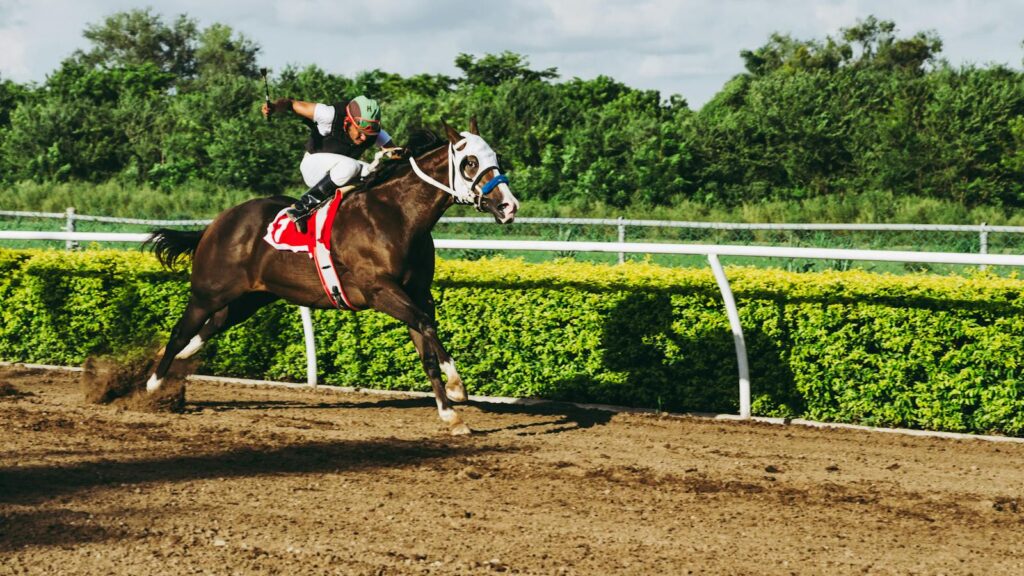
The Irish Sport Horse has earned its reputation as the premier eventing breed by combining the stamina and jumping ability needed for the sport’s demanding cross-country phase with the precision required for dressage and show jumping. Traditionally produced by crossing Irish Draught horses with Thoroughbreds, these animals blend the strength and sensible temperament of the draught horse with the speed and athleticism of the Thoroughbred in what many consider the perfect formula for the eventing discipline. Ireland’s unique landscape, with its varied terrain and tradition of hunting across natural obstacles, provided the perfect testing ground for developing horses with exceptional cross-country capability. The breed’s influence on eventing is profound, with Irish Sport Horses consistently overrepresented on national teams and championship podiums relative to their population size, including multiple Olympic gold medals and World Championship titles. Beyond competitive statistics, the Irish Sport Horse has shaped eventing by establishing the athletic standard that other breeding programs now strive to match, directly influencing breeding directions for sport horses worldwide.
The Andalusian: Foundations of Classical Riding
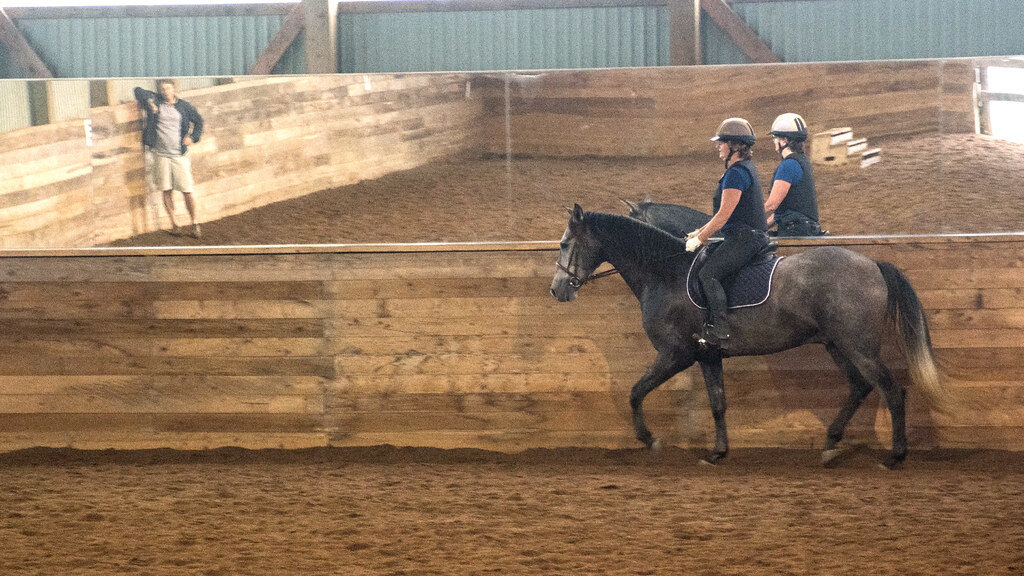
The Andalusian horse, also known as the Pure Spanish Horse or PRE (Pura Raza Española), has served as the living embodiment of classical dressage principles for centuries, profoundly influencing the development of this sophisticated sport. Originating in the Iberian Peninsula, these horses were specifically bred to possess natural collection, elevation, and the ability to perform advanced movements that would later become the foundation of competitive dressage. The breed’s natural aptitude for collection and lateral work made them the preferred mounts of the royal riding academies of Europe, where modern dressage evolved from battlefield maneuvers into an art form celebrating the pinnacle of horse training. The Spanish Riding School in Vienna, though now using primarily Lipizzaners (themselves heavily influenced by Andalusian blood), preserves training methods developed specifically for these Iberian horses, maintaining traditions that directly shaped competitive dressage. Beyond dressage, the Andalusian’s distinctive movement patterns and carriage have influenced breed standards and movement ideals across multiple disciplines, establishing aesthetic principles that continue to shape judging criteria in modern equestrian sports.
The Standardbred: Pioneer of Harness Racing
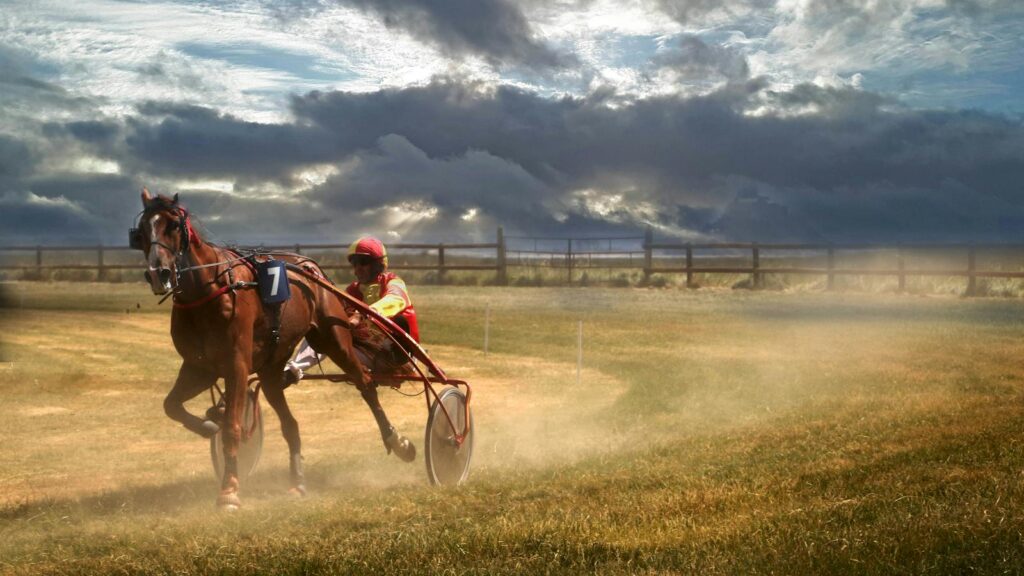
The Standardbred horse has defined and dominated the sport of harness racing since the breed’s creation in the United States during the 19th century. Developed primarily from the foundation sire Hambletonian 10, with significant Thoroughbred, Morgan, and Norfolk Trotter influences, the Standardbred was specifically bred to maintain a trot or pace at high speeds while pulling a driver in a sulky. The breed earned its name from the “standard” time a horse had to achieve to be registered—a mile in two minutes and thirty seconds or less when trotting, or two minutes and twenty-five seconds when pacing. Standardbreds revolutionized harness racing by creating an entirely new type of equine athlete capable of maintaining gait-specific speed in a way no previous breed could match, effectively establishing a sport that now enjoys worldwide popularity with major racing centers across North America, Europe, Australia, and New Zealand. Beyond the track, the breed’s influence extends to driving sports of all kinds, establishing the benchmark for performance in combined driving events and pleasure driving competitions while demonstrating the specialized athletic development possible through targeted breeding.
The Polo Pony: Athletes of the “Sport of Kings”
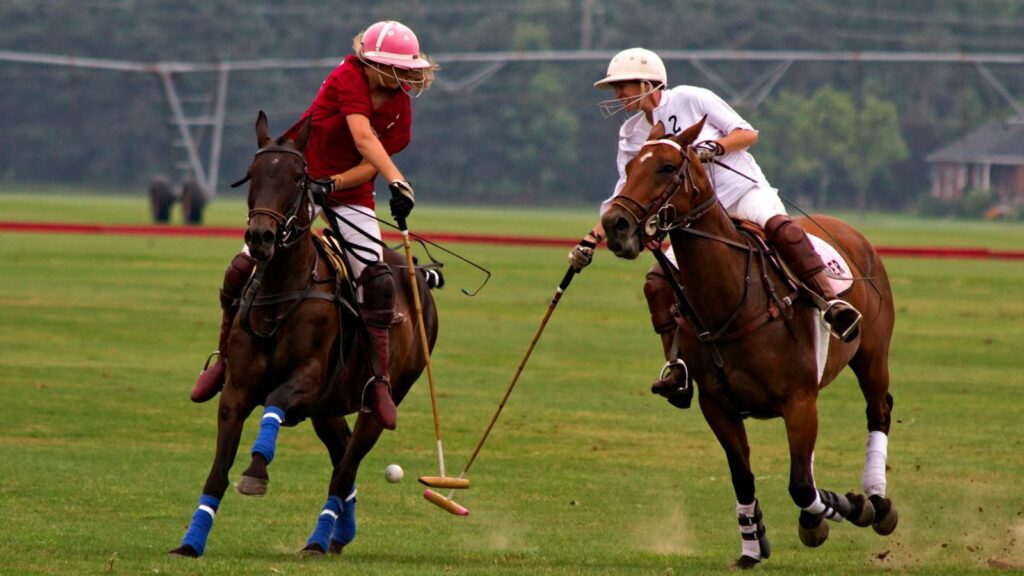
The modern polo pony represents one of the most specialized equine athletes in sport, having evolved through careful selection to meet the extraordinary demands of a game that combines speed, agility, and split-second responsiveness. Though not a distinct breed but rather a type predominantly derived from Thoroughbred bloodlines, the polo pony has developed into a highly specific athlete with qualities that have defined and elevated the ancient sport of polo to its current form. The evolution of these horses mirrors the sport’s development from its origins in Persia and Central Asia to its modernization in British India and eventual global spread, with each era demanding increased speed and maneuverability as the game intensified. Today’s elite polo ponies possess an uncanny combination of acceleration comparable to racehorses, agility rivaling cutting horses, and an intuitive understanding of the game that allows them to anticipate plays and respond instantly to subtle rider cues at full gallop. Their influence extends beyond the sport itself, as training methods developed for polo ponies have informed practices across multiple disciplines, particularly in the areas of lateral responsiveness and collection at speed.
The Lipizzaner: Perfecting the Art of Dressage
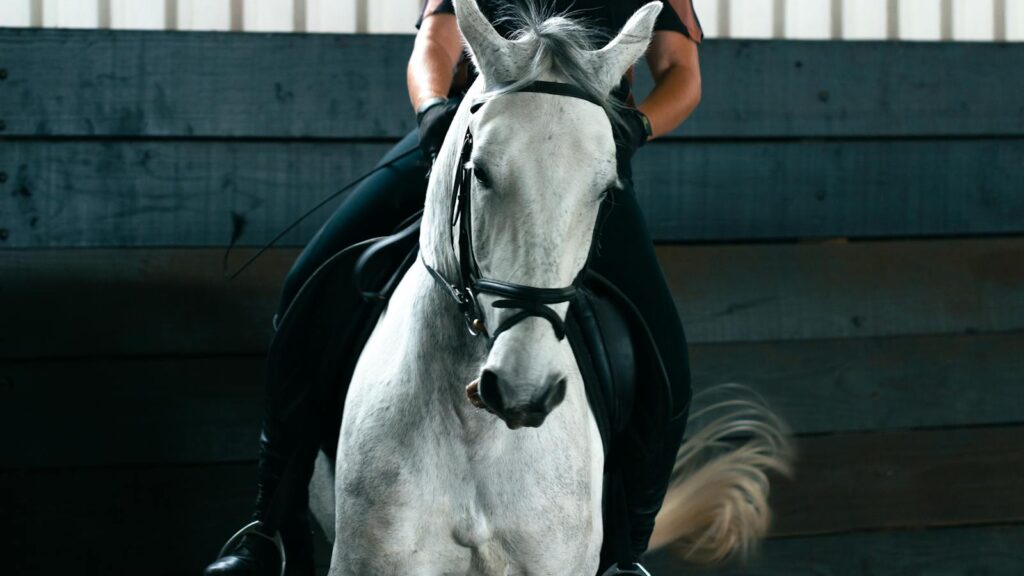
The Lipizzaner horse represents the living embodiment of classical dressage, developed over more than 450 years specifically to perform the haute école movements that form the pinnacle of the discipline. Created at the Habsburg Royal Court Stud in Lipizza (now Lipica, Slovenia) through careful breeding of Spanish, Italian, and Arabian bloodlines, these horses were meticulously selected for their trainability, intelligence, and natural ability to collect and elevate their movement. The Spanish Riding School in Vienna, where Lipizzaners have been trained in classical techniques since 1572, serves as the living repository of dressage in its purest form, preserving historical training methods that directly influenced the development of modern competitive dressage. The breed’s most distinctive contribution to equestrian sport comes through their mastery of the “airs above the ground”—spectacular leaps and movements derived from battlefield maneuvers that showcase the ultimate harmony between horse and rider. Though relatively rare in international dressage competition due to their small population, the Lipizzaner’s influence on dressage theory, training methodology, and aesthetic ideals remains unmatched, establishing the classical foundation upon which the sport continues to build.
The Morgan: America’s First Sport Horse
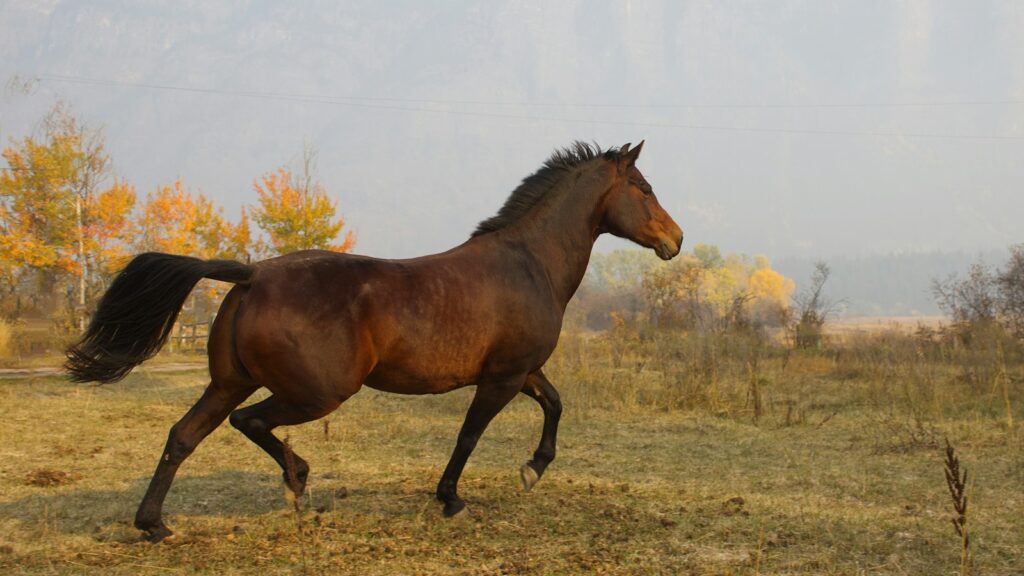
The Morgan horse, originating from a single foundation sire named Figure (later known as Justin Morgan) in late 18th century New England, became America’s first breed developed specifically for versatility and athletic performance across multiple disciplines. Known for their distinctive combination of strength, speed, and stamina in a compact, hardy package, Morgan horses quickly established themselves as capable performers in early American sporting events ranging from trotting races to pulling contests. The breed’s natural collection, upright carriage, and willing temperament made them particularly suited to driving sports, where they helped establish competitive carriage driving in North America and continue to excel in modern combined driving events. Beyond their direct competitive impact, Morgans played a crucial role in the development of other American breeds, including significant contributions to the American Quarter Horse, the Standardbred, and the Tennessee Walking Horse, thereby indirectly influencing the evolution of numerous equestrian disciplines. The American Morgan Horse Association’s establishment in 1909 as one of the earliest American breed registries helped pioneer the organized approach to breed preservation and sport horse development that would later be adopted across the equestrian world.
The Arabian-Thoroughbred Cross: Defining Modern Eventing
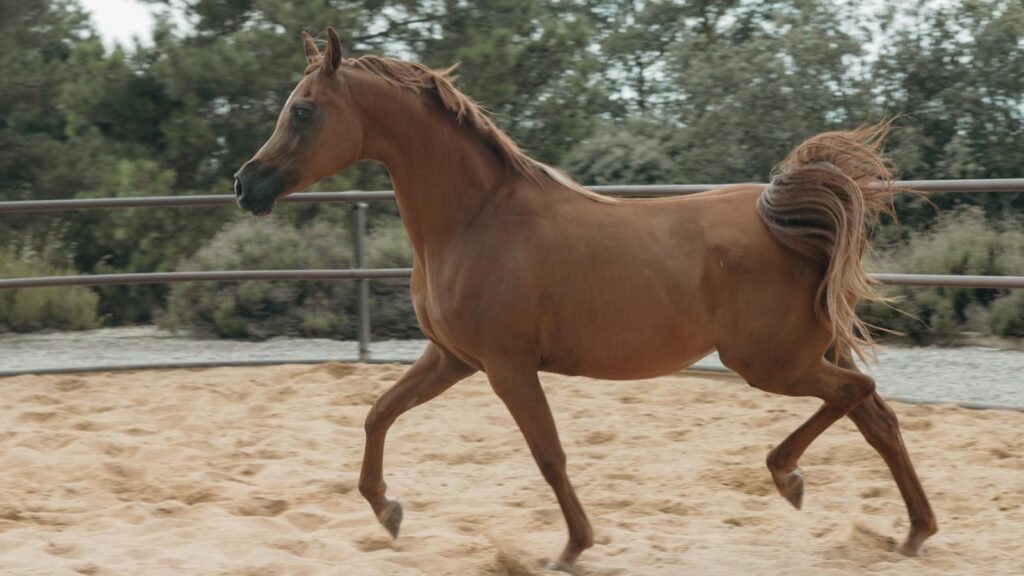
The deliberate crossing of Arabian and Thoroughbred bloodlines has produced some of the most successful and influential horses in the history of three-day eventing, creating animals that combine the Thoroughbred’s speed and scope with the Arabian’s stamina and intelligence. This crossbreeding approach gained prominence in the mid-20th century when eventing’s cross-country courses required horses to maintain speed and jumping ability over increasingly technical courses covering distances that tested endurance limits. The legendary event horse Charisma, winner of consecutive Olympic gold medals with Mark Todd, exemplified this breeding combination, demonstrating how the careful blending of these bloodlines could produce athletes capable of excelling in all three phases of eventing. The influence of this cross extends beyond individual champions to having established a breeding template now widely replicated in sport horse programs worldwide, particularly as traditional eventing horses of predominantly Thoroughbred blood have needed supplemental stamina for the sport’s modernization. Beyond eventing, this cross has proven remarkably successful in endurance racing, competitive trail riding, and other disciplines requiring the ideal balance of speed and staying power, demonstrating how targeted crossbreeding can create specialized athletes for specific sporting demands.
The Shetland Pony: Foundation of Children’s Equestrian Sport
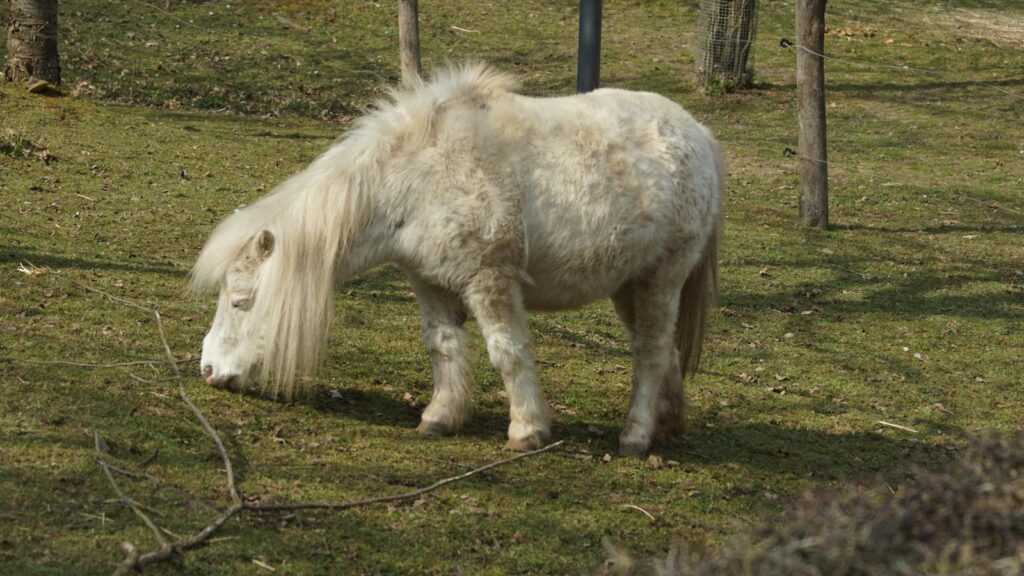
The diminutive Shetland Pony has played an outsized role in equestrian sports by serving as the primary introduction to horsemanship for countless riders who later advanced to higher levels of competition. Originating from the harsh Shetland Islands of Scotland, these sturdy, intelligent ponies possess natural attributes that make them ideal first mounts—including strength disproportionate to their size, hardiness, and generally steady temperaments that forgive beginner mistakes. Children’s competitive divisions across disciplines, from leadline classes to gymkhana events and pony racing, were largely developed around the capabilities of Shetlands and Shetland crosses, creating structured entry points that made equestrian sports more accessible to young riders. The Pony Club movement, which has trained generations of equestrians worldwide since its founding in 1929, was initially built around the concept of children learning horsemanship basics on suitable ponies before progressing to horses, with Shetlands frequently serving as these crucial first teachers. Beyond their direct role in youth competition, Shetlands have influenced the broader development of children’s divisions in virtually all equestrian disciplines, establishing age-appropriate competitive frameworks that serve as vital pipelines for developing future champions.
The Draft Horse Influence on Show Jumping
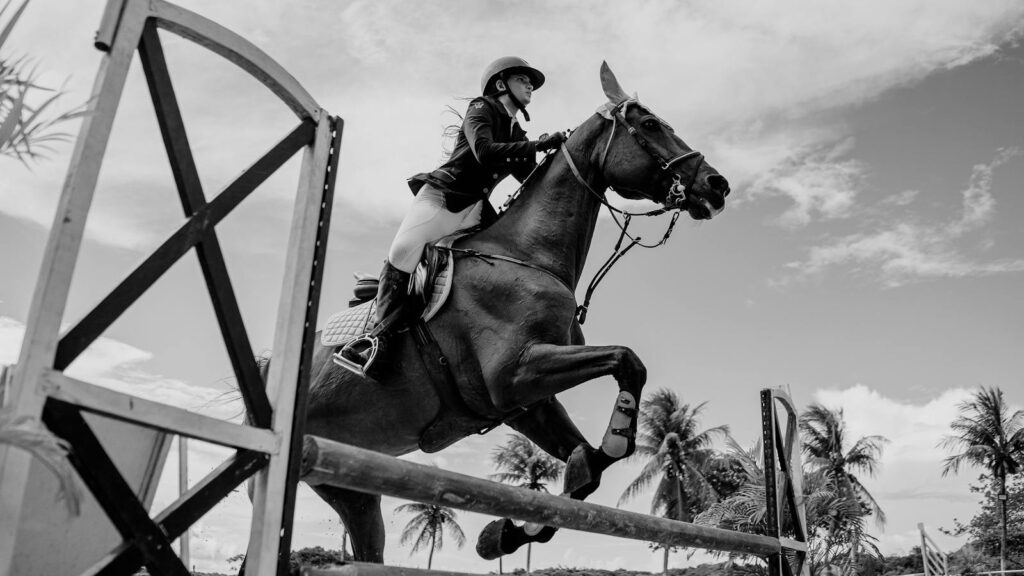
The often-overlooked influence of draft horse bloodlines has played a crucial role in developing the modern show jumping horse, particularly through European warmblood breeding programs. While the Thoroughbred contributed speed and athleticism to these sport horses, it was the careful incorporation of select draft breeds—particularly Belgian, Percheron, and regional German and Dutch draft lines—that provided the power, bone density, and careful jumping technique essential for clearing today’s technical courses. The Holsteiner studbook offers perhaps the clearest example of this influence, with their foundation stock tracing back to the heavy Schleswig horse, creating a distinctive jumping style characterized by powerful hindquarters, exceptional bascule, and careful front-end technique. Many of the sport’s most influential stallions, including Cor de la Bryère, Capitol I, and Landgraf I, carried these draft-influenced bloodlines that proved instrumental in creating the modern jumping horse prototype. The draft influence continues to be valued in contemporary breeding programs whenever additional power, bone substance, or jumping care is required, demonstrating how these working breeds have helped transform the athletic capabilities of sport horses. This influence represents a fascinating example of how breeds originally developed for agricultural work have contributed essential qualities to a sophisticated competitive sport requiring highly specialized athletic ability.
Foundational Breeds Shaping Equestrian Sports
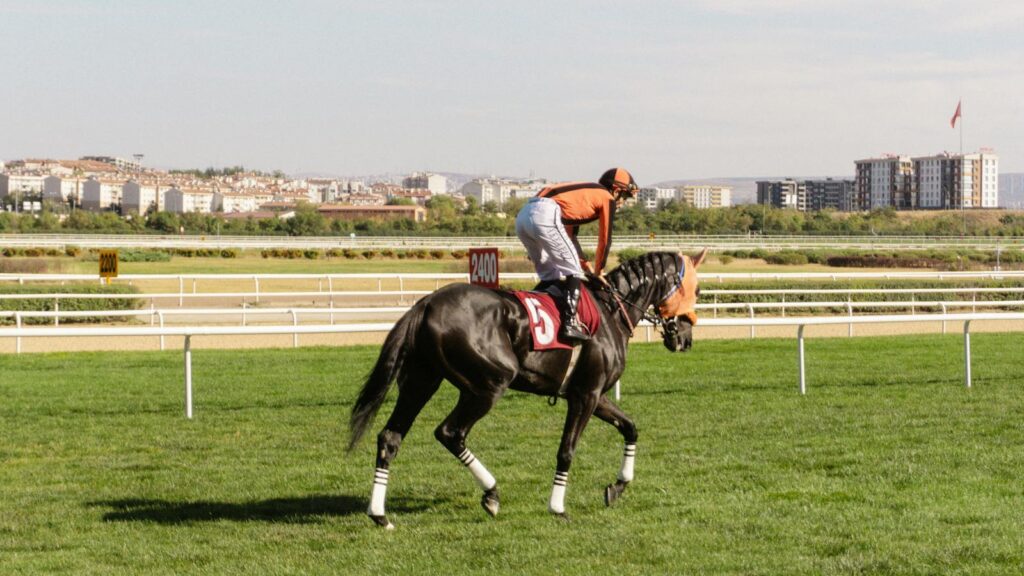
The modern equestrian world stands as a living testament to centuries of careful breeding, selection, and development of specialized equine athletes. Each influential breed has contributed unique characteristics that have fundamentally shaped their respective sports—from the Thoroughbred’s revolutionary impact on racing to the Warmblood’s transformation of Olympic disciplines. These breeds have not merely participated in sporting evolution; they have directed it, establishing performance standards and athletic capabilities that defined what various equestrian competitions could become. As equestrian sports continue to evolve, these foundational breeds remain at their core, their bloodlines and characteristics carefully preserved and enhanced to meet ever-increasing competitive demands. The partnership between humans and horses in sport represents one of our oldest athletic traditions, with these remarkable breeds serving as both the athletes and the living heritage of disciplines that continue to captivate enthusiasts worldwide.

